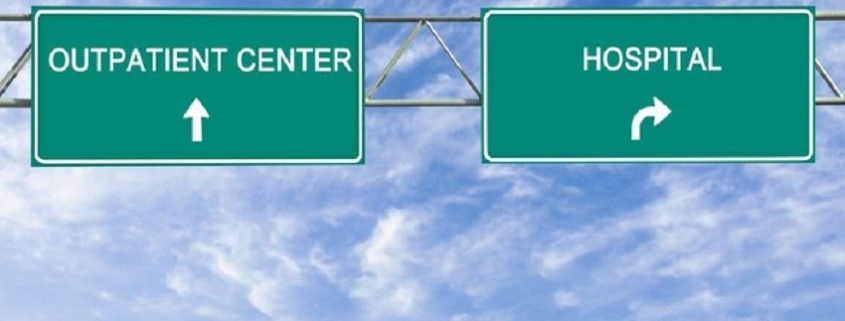Sila Zeros In On Healthcare With $1.3B Data Center Portfolio Sale
With the sale of a 29-property data center portfolio, Sila Realty Trust is exiting the data center space to focus on healthcare.
Sila sold 29 data center properties to Mapletree Industrial Trust, a REIT listed on the Singapore Exchange, for $1.3 billion. The transaction will be completed in one or more closings during Q3 2021.
“This action marks another key step in Sila Realty Trust’s evolution to provide a clear path for the company to pursue a strategy as a pure-play healthcare REIT,” said Michael A. Seton, Sila CEO and president in a prepared statement.
Sila Realty Trust, previously known as Carter Validus Mission Critical REIT II, owned both data centers and healthcare assets before the sale.
As one example of the type of assets it seeks, last September Sila purchased Tampa Healthcare Facility, a 33,822 rentable square foot medical office building constructed in 2015. The building is located on 2.87 acres in Tampa, the second-fastest growing market in Florida and the twelfth-fastest growing market in the US. The facility, which was 100% net-leased to six tenants at the time of the sale, serves as a strategic location for both primary and urgent care, pediatric spinal care, clinical laboratory services and various types of outpatient surgery.
In the release announcing the sale, Seton said the company was focused on acquiring high-quality, well-located assets with a strong and diverse tenant roster.
“All of these attributes are indicative of our existing portfolio combination and we expect this property will serve as a strong complement to our growing asset base,” Seton said at the time.
It shouldn’t be a surprise that Sila is focusing on the medical sector. It has held up exceptionally well through the pandemic. While medical office buildings sales volume declined in 2020, it was much less of a drop than the other commercial real estate sectors, according to a report from Colliers.
MOB investment decreased 12.2% year-over-year in 2020 to hit $11.1 billion, according to Colliers, while cap rates fell 20 basis points to 6.5%. By comparison, commercial real estate posted a 32% decline in sales volume overall.
Source: GlobeSt.




